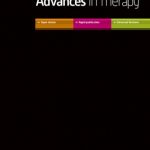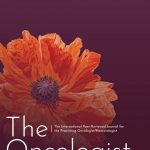Peter Heusser, Monika Stutz, André Haeberli
Does Homeopathically Potentized Antimony Stimulate Coagulation? A Summary of Previous Findings and Results of an In Vitro Pilot
JCAM, 2004, 10 (5), 829-834

Background: Potentized antimony is traditionally used in anthroposophic medicine to enhance hemostasis in bleeding disorders, but evidence of its effectiveness is scarce. On the other hand, non-toxic and economic additional therapeutic options for hemostatic disorders are desirable.Objectives: We examined all available literature on the subject and performed a controlled pilot in vitro study to test the procoagulatory potency of antimony D 5.Design: Freshly drawn citrated whole blood of 12 healthy volunteers and 12 patients with bleeding disorders was equally distributed into 344 portions, after which it was mixed with antimony D 5, or its potentized vehicle (lactose D 5) as control solution and tested with thrombelastography. The paired t-test and the Wilcoxon signed rank test were used for statistical analysis. In 5 of the 12 healthy donors, a second blood sample was drawn to assess individual variability and increase the total number of replicates. Thus three separate calculations were performed: for the 12 patients, the 12 healthy donors, and the 5 later samples from the same donors. The analysis was exploratory, and no Bonferroni correction was applied.Results: In the antimony D5 samples of the 12 healthy subjects, but not the patients, there was a tendency toward a shorter clotting time (CT) (p = 0.074) and a trend for an increased clot firmness, expressed as maximal amplitude (MA) (p = 0.058). The increase of MA was significant (p = 0.011) when the later samples were included. No statistical difference was detected for the clot formation time and the clot lysis index.Conclusion: The exploratory results of this pilot study are inconclusive as to whether antimony D5has a procoagulatory effect in vitro, although the results suggest an effect on MA and possibly CT. More research is warranted.







